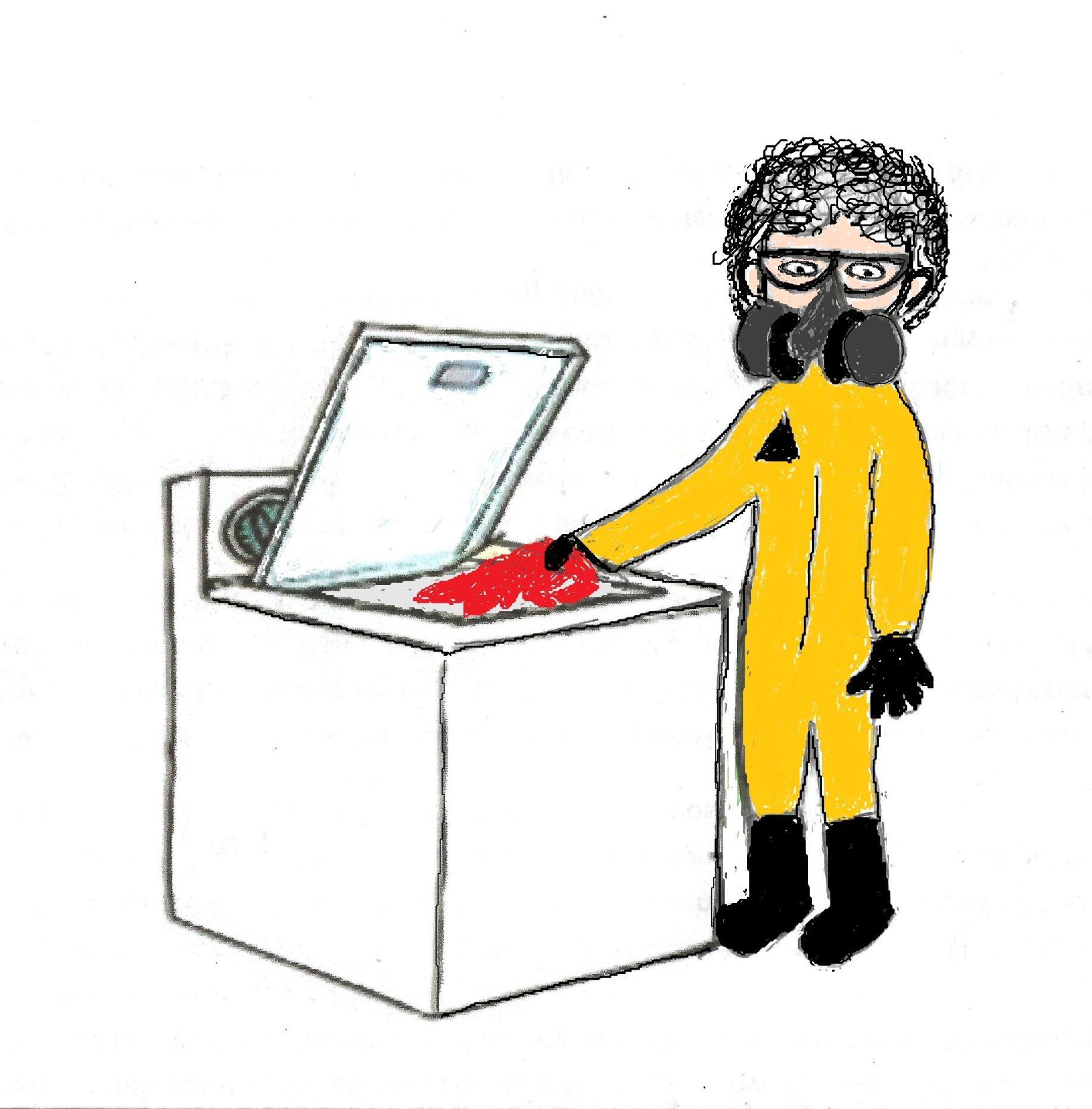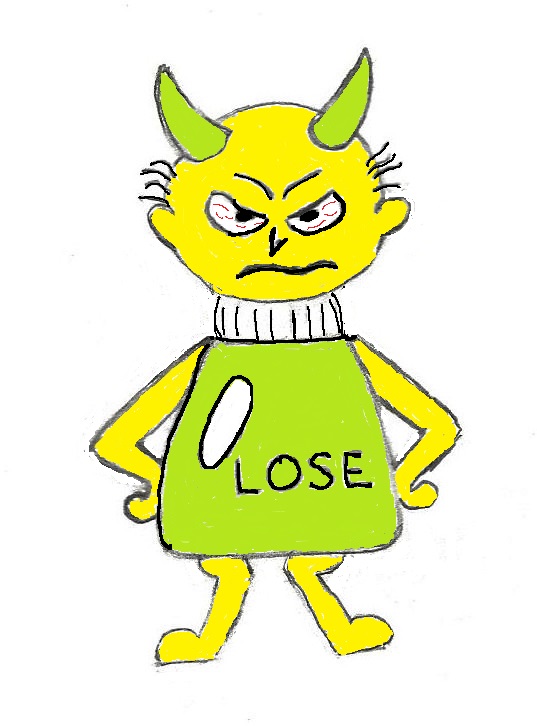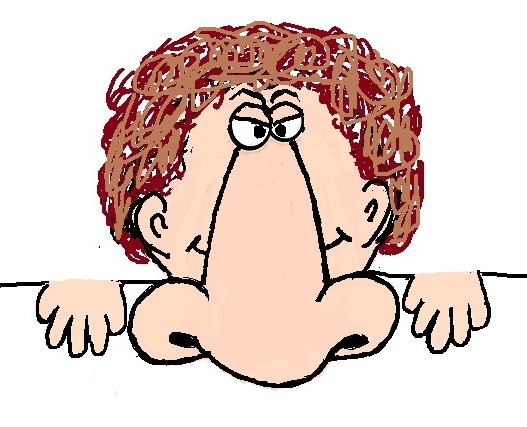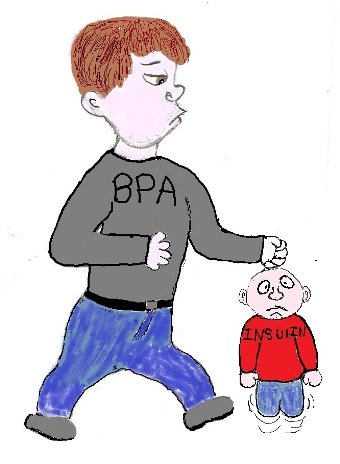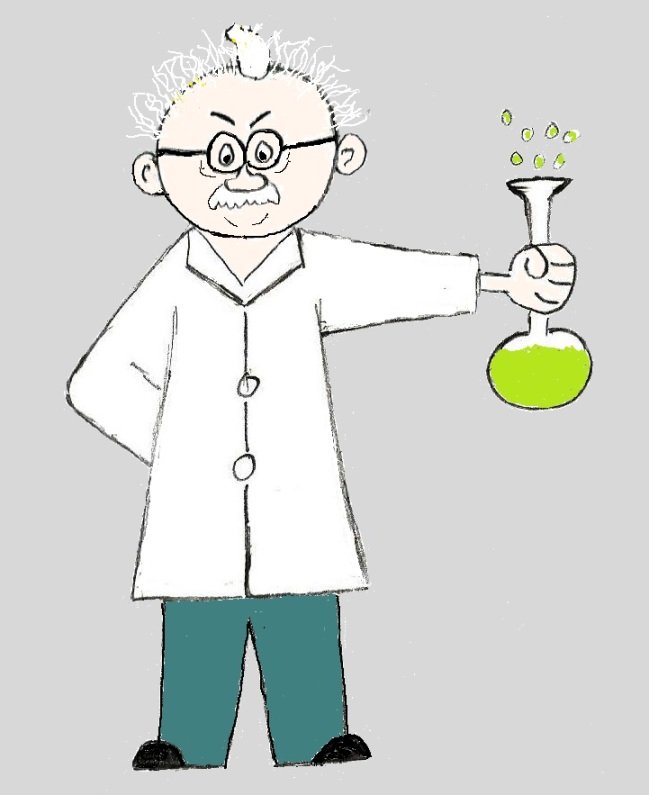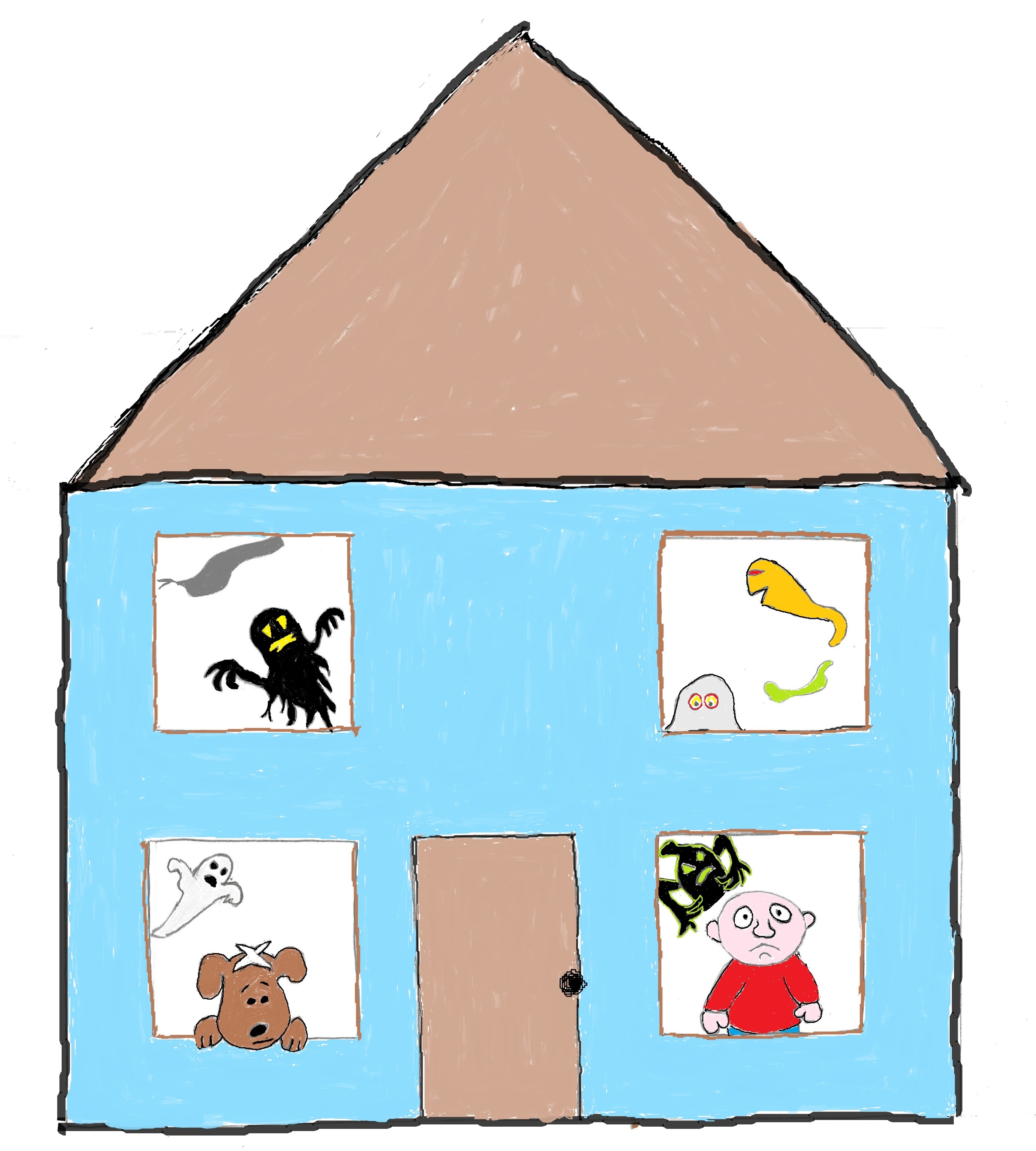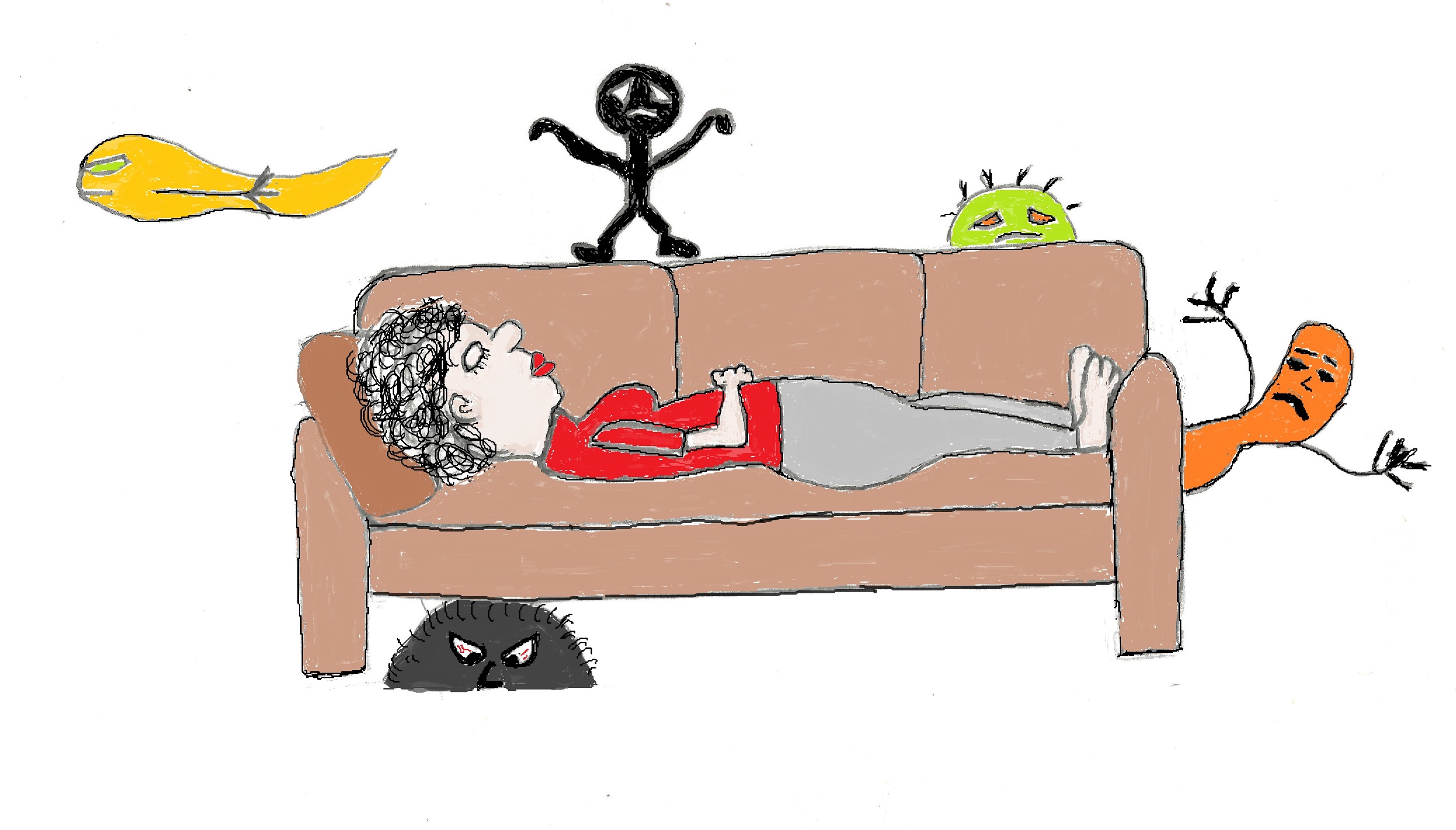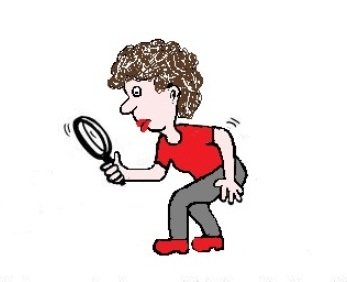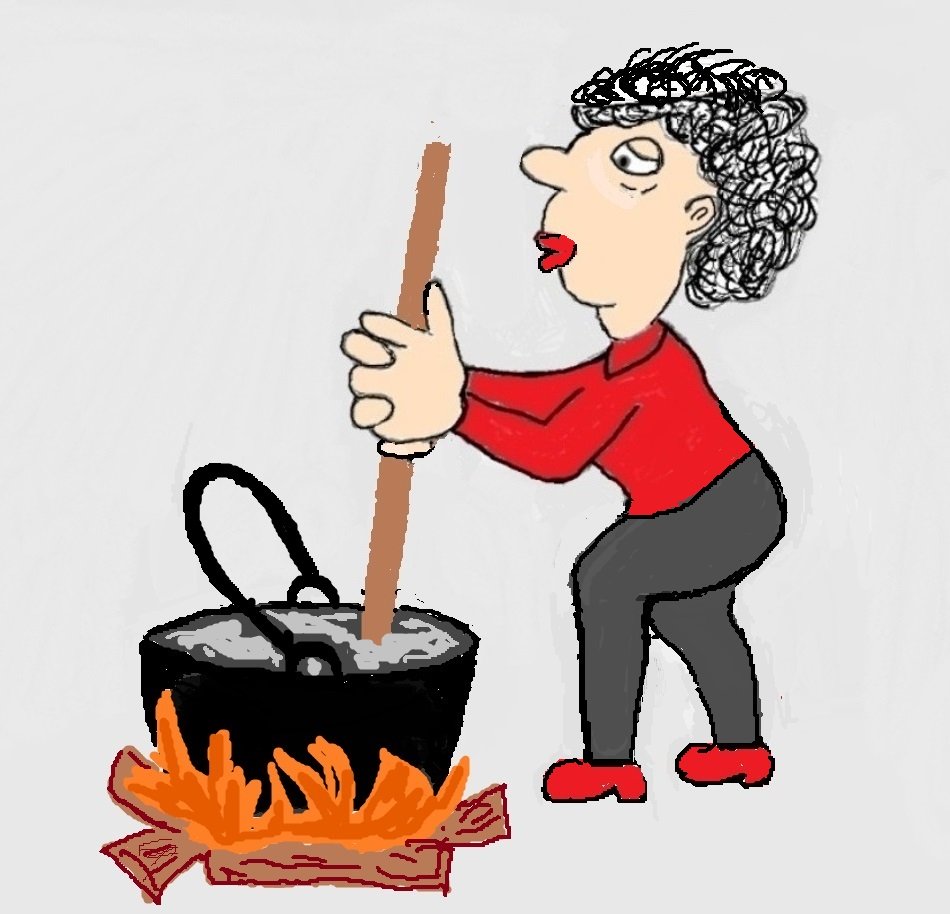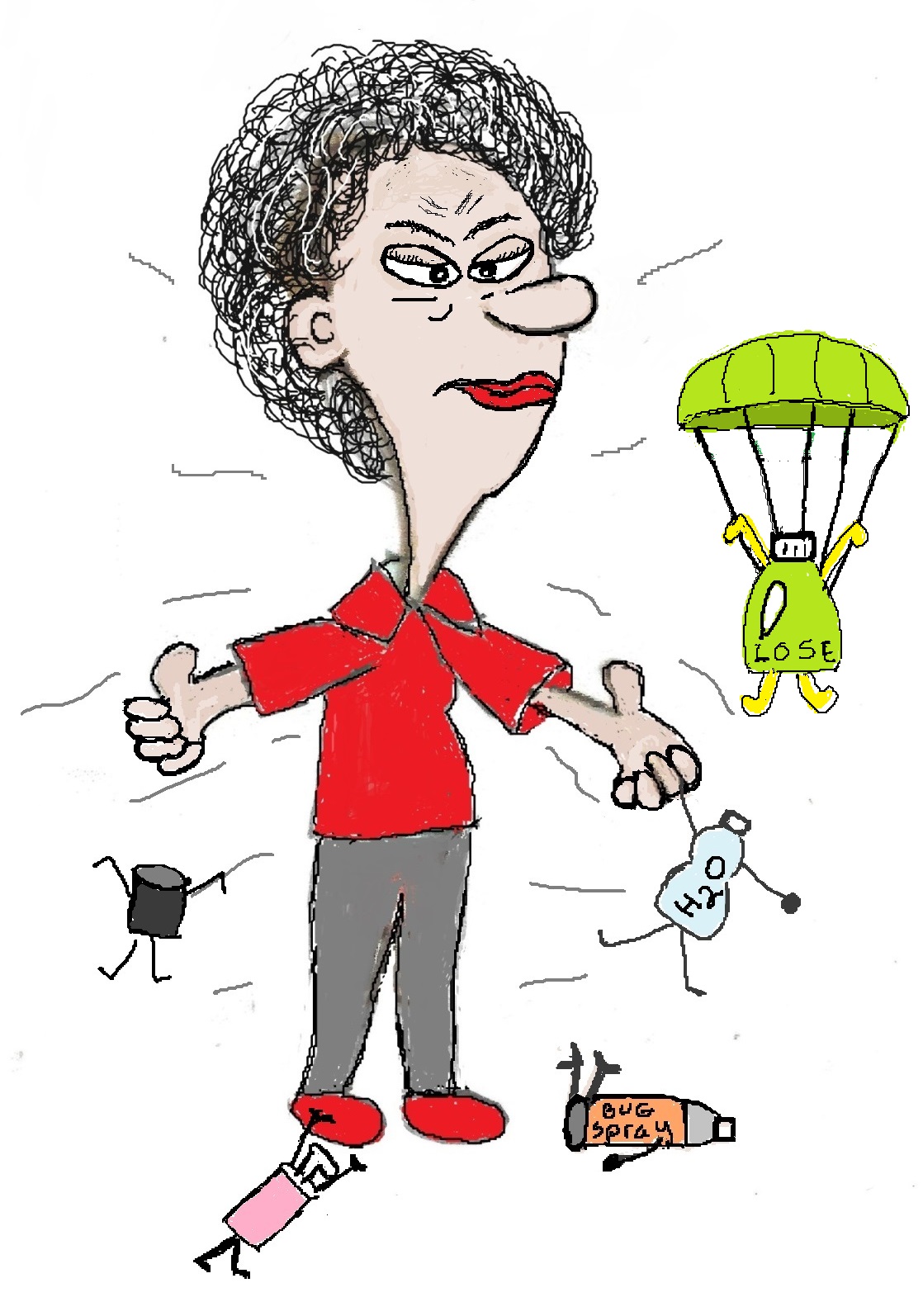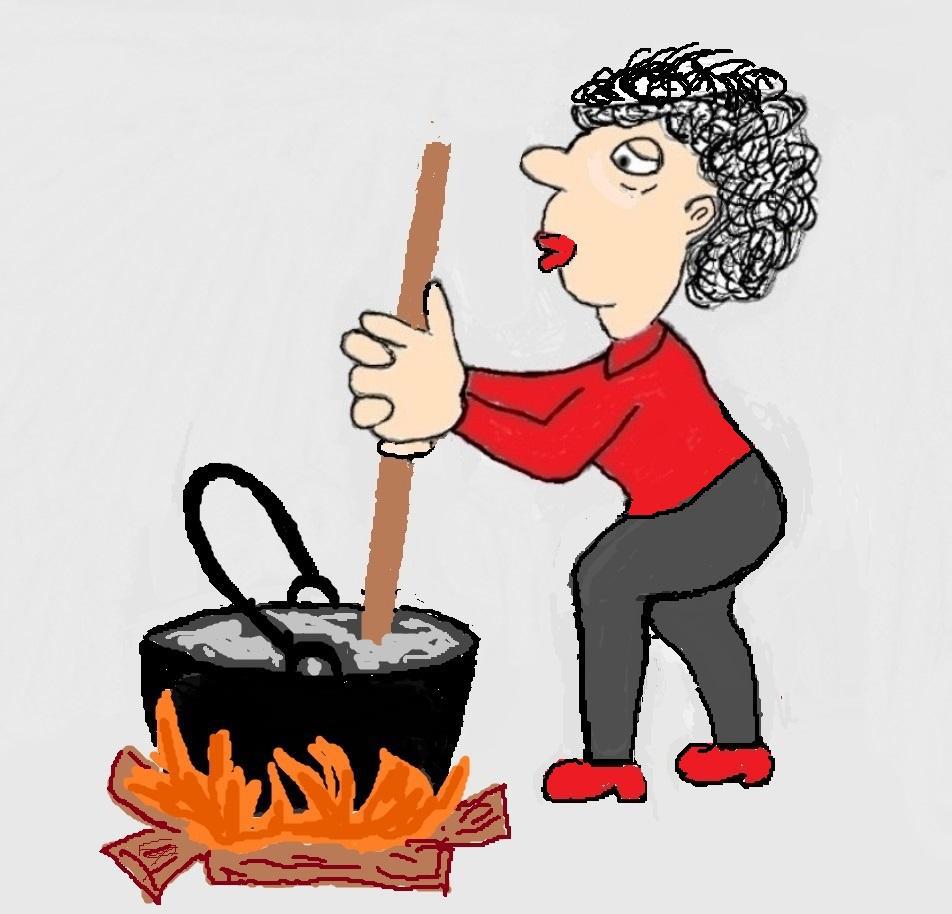- Home
- Non Toxic Home
- Homemade Laundry Detergent
Three Reasons to Try Homemade Laundry Detergent
Doing laundry is no fun, but it doesn't have to be a toxic chore. With just a few simple, cheap ingredients you can make nontoxic homemade laundry detergent. Here are three great reasons to clean up your laundry routine.
1. The Chemicals in Laundry Detergents
Before 1950 we washed our clothes with soap. Now we wash our clothes with detergent - a chemical concoction that keeps dirt suspended so that it will be washed out when the water is drained, makes clothes smell good and look cleaner and kills microorganisms. Liquid detergents also require adding things to preserve them and keep them from separating in the bottle. It takes a lot of chemicals to do all that!
Examples of Laundry Detergent Chemicals
Surfactants
Surfactants are the active cleaning agents in detergents. They penetrate fabric, loosen dirt and keep it suspended in the wash water. They are usually derived from petrochemicals.
Examples of surfactants are: sodium lauryl ether sulfate and nonylphenol ethoxylate (both are endocrine disruptors).
Builders
Builders enhance the action of surfactants.
Examples of builders are: sodium tripolyphosphate (STPP); ethylenediamine tetraacetic acid (EDTA)(kills cells and damages DNA), , hydroxyethylene diamine triacetic acid (HEDTA) (a hazardous chemical with unknown health effects), dihydroxyethyl glycine (DEG), and triethanolamine.
Antimicrobial Agents
Antimicrobial agents, also called disinfectants or sanitizers, kill microorganisms that cause odor and spread disease (bacteria, fungi and viruses).
Examples of antimicrobial agents are: pine oil (reacts with ozone to create formaldehyde, a carcinogen), quaternary ammonium chlorides (releases formaldehyde), triclocarbon and triclosan (endocrine disruptors).
Optical Brighteners
Optical brighteners (blue and white fluorescent dyes) give the illusion that your clothes are cleaner.They leave a residue on your clothes that reflect light and make clothes look brighter, with more vivid colors. These toxic chemicals are constantly in contact with your skin and are breathed in through the lungs.
Some classes of optical brighteners include aminotriazines, coumarins, and stilbenes, which have developmental and reproductive effects.
Preservatives
Preservatives can prevent detergent spoilage during storage. Generally, preservatives are only required in laundry liquids.
Some examples of preservatives are glutaraldehyde, EDTA (both linked to asthma and allergies), formaldehyde or formalin ( a known carcinogen) and BHT (a probable carcinogen).
2. Your Indoor Air Quality
Your laundry room may very well be the most toxic room in your home because laundry detergents (and fabric softeners), release lots of VOCs.
So besides the chemical residues left on your clothing, some of the chemicals in detergent become airborne when washing and drying and wearing your clothes.
Researchers at the University of Washington have been studying the VOCs released from laundry products since 2010. They have reported:
- Scented laundry detergent releases an average of 17 different VOCs.
- Unscented laundry detergent releases an average of 7 different VOCs.
- When
scented laundry detergents and fabric softeners are used, dryer vents emit more
than 25 VOCs per load.
- The most common VOCs emitted included terpenes like d-limonene, β-pinene, α-pinene, which react with air pollutants to create formaldehyde.
You can see from the studies that detergents with fragrance release the most VOCs. Fragrances are added to cover up the smell of detergent chemicals and make your clothes smell good. For more info on fragrance check out How Many Chemicals Does it Take to Make an Ocean Breeze?
3. The Great Unknown
While you know the dangers of exposure to chemicals in laundry detergent like formaldehyde, EDTA, fragrance chemicals and nonylphenols, You don't always know which of these chemicals is in your laundry detergent.
Companies that make laundry products, which are regulated under the U.S. Consumer Product Safety Act (CPSA), do not need to list all the ingredients or the presence of a fragrance in the product on the labels. A lot of times the label will just say surfactant, fragrance and/or preservatives.
Now you might be thinking why not just use "green" unscented laundry detergents. And that's definitely a less toxic option IF you're willing to do some research. Labels like "Green" and "All Natural" are not regulated. They can deceive you into thinking your detergent is nontoxic.
Some examples of misleading labels are:
Clorox's Greenworks Laundry Detergent contains dyes and unidentified preservatives and fragrance.
Costco's Kirkland Environmentally Friendly Laundry Detergent contains unnamed surfactants, fragrance and an undisclosed antiredeposition agent. This agent could be diethanolamie, a known carcinogen and asthmagen.
And here's a shocker - Dynamo 2X Ultra Liquid Laundry Detergent, Free & Clear contains formaldehyde!
If you choose not to make homemade detergent, in general the least toxic green choices are fragrance free powders. Fragrance free liquids are your next best option.
Examples of less toxic options include:
FREE EBOOK
Join the Nontoxic for Health Community and receive a copy of my ebook HOMEMADE SIMPLIFIED for free. In the book you'll find 50 recipes that can be made from only 11 cheap and safe ingredients.
The simple, practical and economical recipes in this guide will keep your home clean, your home and garden bug-free, and take care of your pups and your skin care needs. So, if you’re interested in living a less toxic life to be healthy and stay healthy, this free ebook - Homemade Simplified - is a great place to start.
Homemade Laundry Detergent
If you don't want to worry about misleading labels, unidentified ingredients and indoor air pollution, why not give homemade laundry detergent a try. It's easy to make and use.
You might be wondering, why not just go back to using soap? Well, soap leaves a soapy build-up that clogs drains and can leave a sticky residue on your clothes if you have hard water.
Here are 2 simple recipes. One for powdered and one for liquid homemade laundry detergent. Remember, the powdered version will have a much longer shelf life than the liquid detergent.
Powdered Homemade Laundry Detergent
16 cups baking soda
12 cups washing soda
8 cups grated castile soap
3 tablespoons lavender, lemon or grapefruit essential oil (optional and will release VOCs)
Combine baking soda, washing soda and soap flakes. If using, add essential oil and mix with a wire whisk. Use 1/4 cup per load.
Liquid Homemade Laundry Detergent
1/2 cup Borax or Washing Soda
1/2 cup of vinegar
1/2 cup of liquid natural soap (or grated soap)
3 pints of hot water
Leave for 24 hours to thicken. Use 1/2 cup per load.
To Whiten and Remove Stains
To whiten whites, pour hydrogen peroxide directly into the washer. To remove tough stains, make a mixture of equal parts hydrogen peroxide, water and baking soda. Rub on the stain with a brush. Let sit for 10 minutes, then wash the garment in the regular wash cycle.
Cleaning up your laundry routine by using homemade laundry detergent will reduce your exposure to carcinogens and endocrine disruptors and help improve your indoor air quality. You can double the impact by choosing nontoxic fabric softener.
